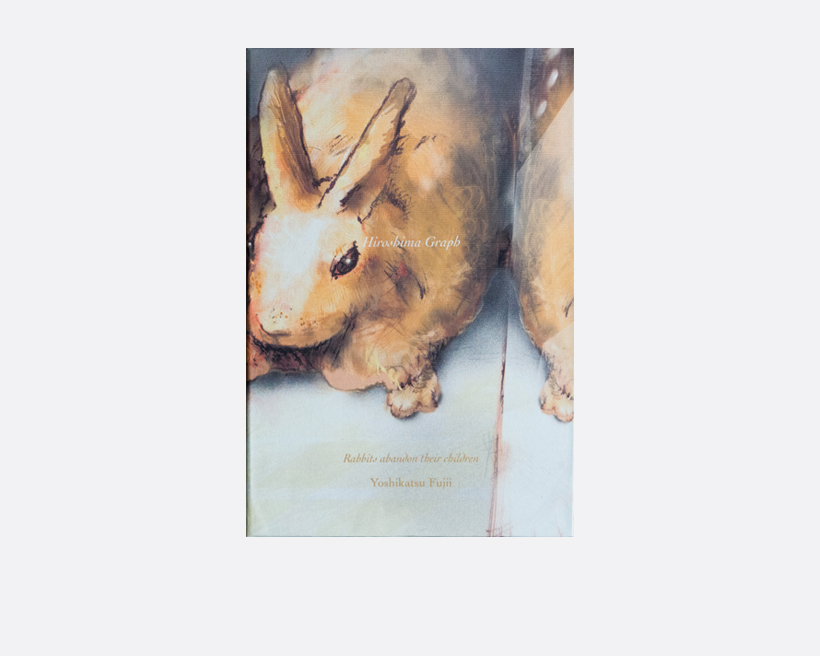Okunoshima is a small island, only about 4 kilometers wide and a short distance from Takehara, Hiroshima Pref. It gained its reputation as “Rabbit Island” for the immense rabbit population which thrived in the warm climate of the straits after they were released into the wild after the war. A national vacation village was also constructed so that tourists from both home and abroad could enjoy the island as a resort destination, and camp and swim in the ocean.
But its quaint exterior belies a deadly truth: Okunoshima is also known as “Poison Gas Island” for the role it played in producing poisonous gases after the World War 2, a legacy left behind in the empty husks of the factories peppering the island. The laborers who worked here, some 6,700 people in total, suffered the effects of their work long after the war was through, much like the people who experienced the atomic bomb first-hand. Many still struggle with guilt for their complicity in the deaths of countless others.
Meanwhile, the Japanese government has choosing instead to draw a curtain over their negative attributes in this regard.
Once they finally succumb to the elements, the relics of war that remain here now will be lost to the ages. We’re running out of time to collect their first-hand accounts; however, we owe it to our future generations to tell their stories. As a photographer who hails from Hiroshima, I can only hope my photos can serve to pass on the truth.
Hiroshima Graph – Rabbits Abandon their Children
Yoshikatsu Fujii
Self-published
2018
240 pages + 4 booklets: 80 pages
26.5 x 17.5 x 3 cm
Edition of 72



